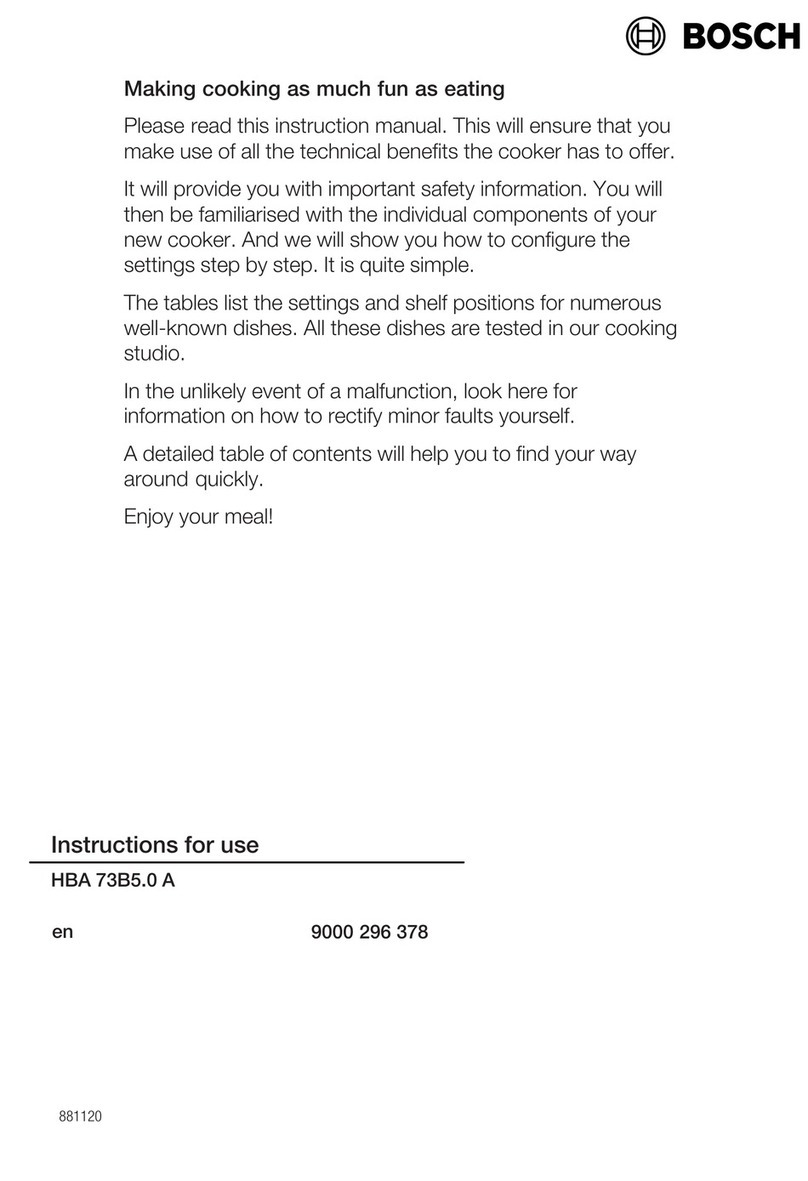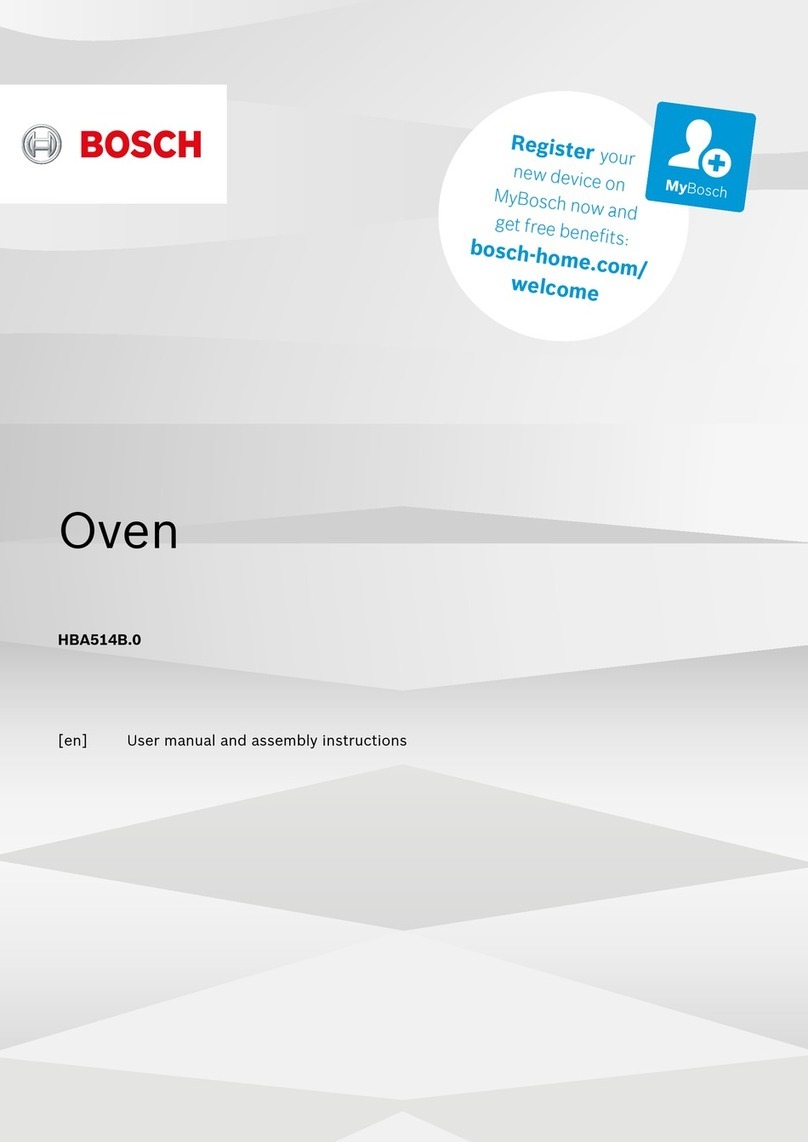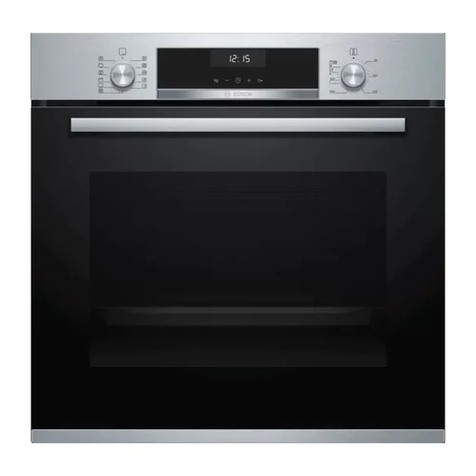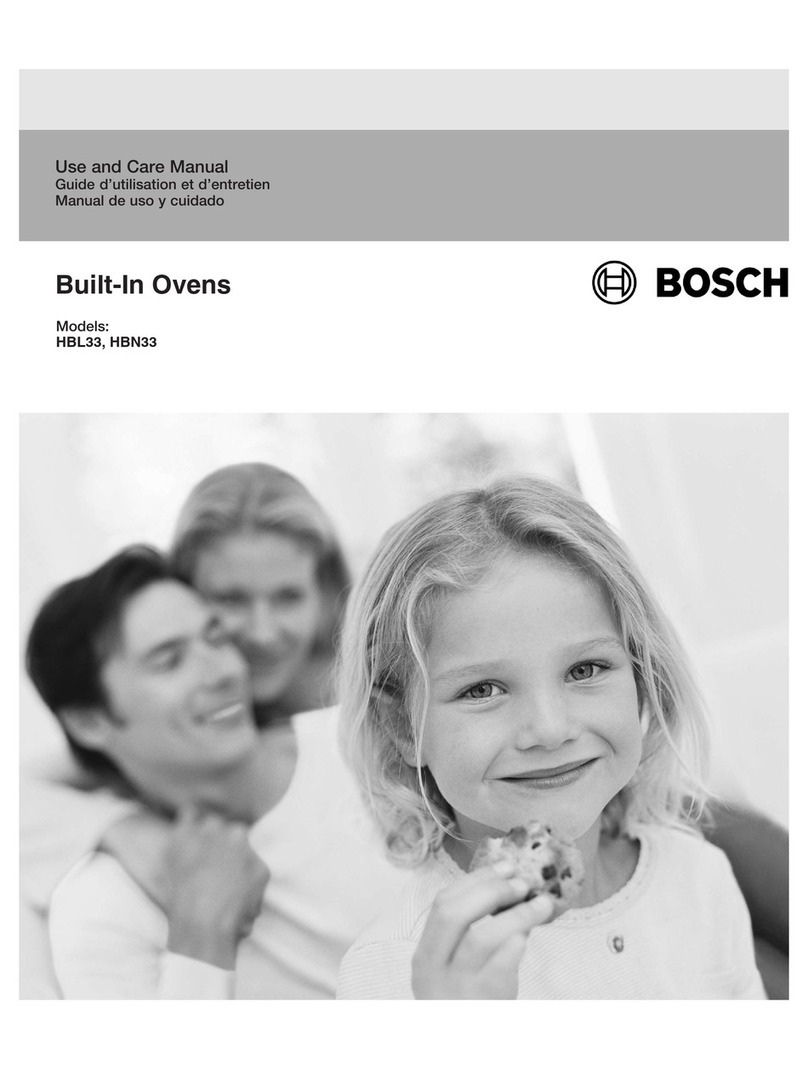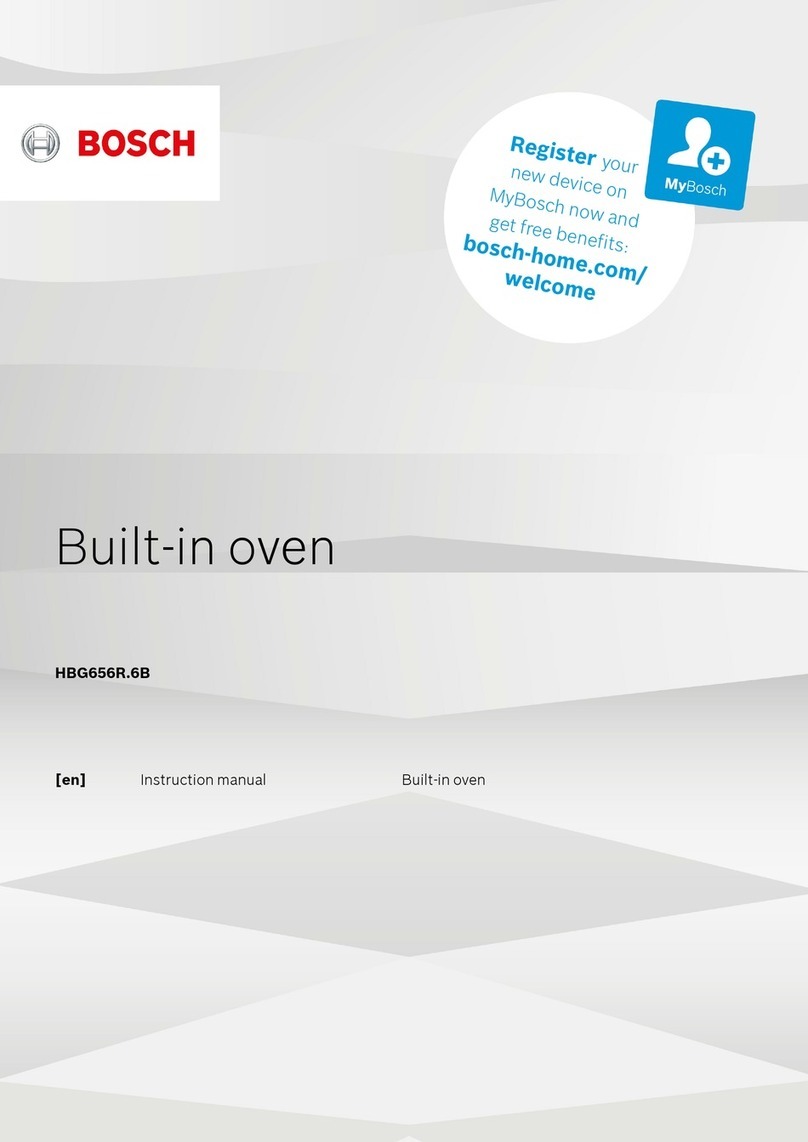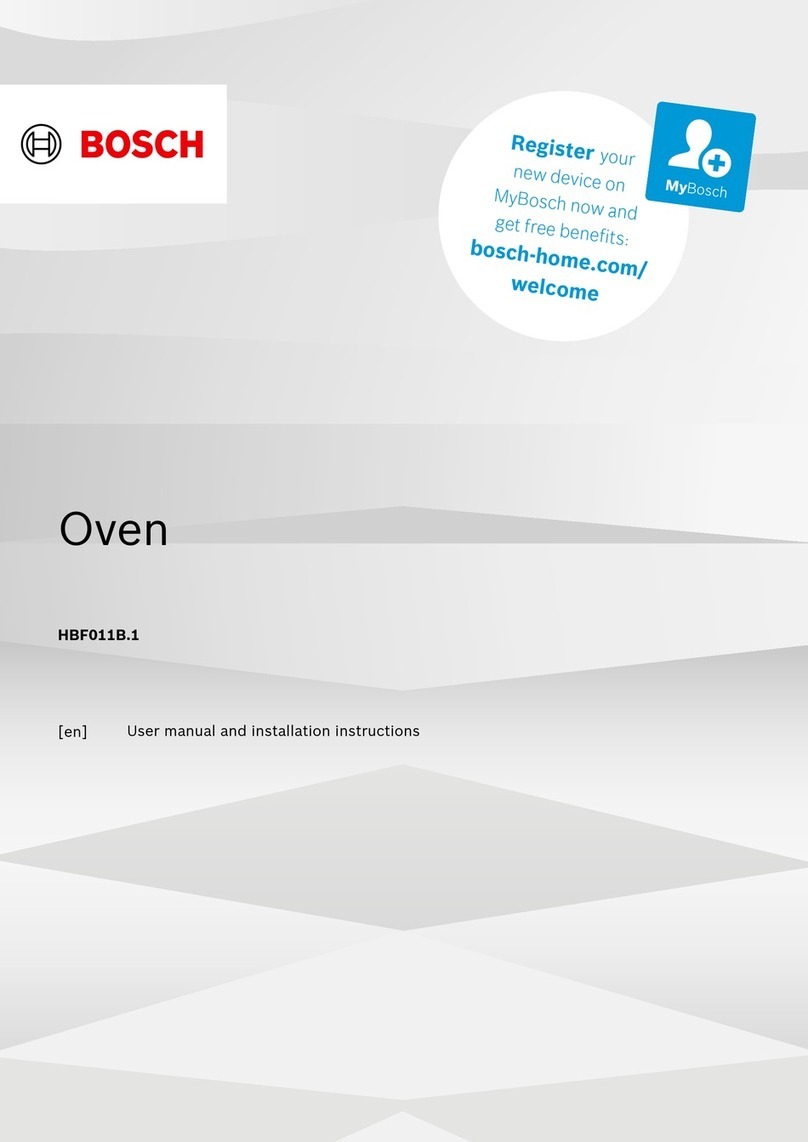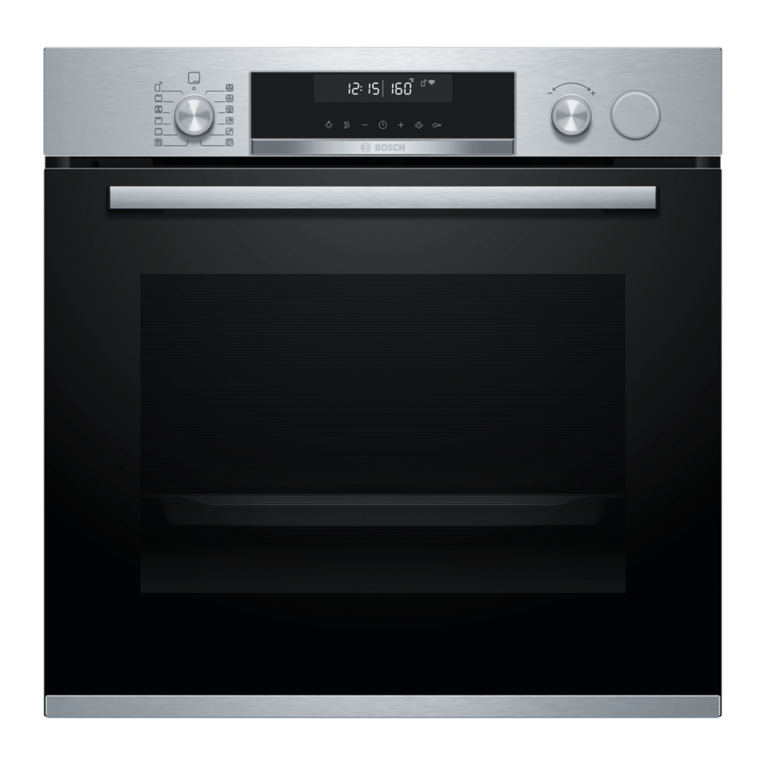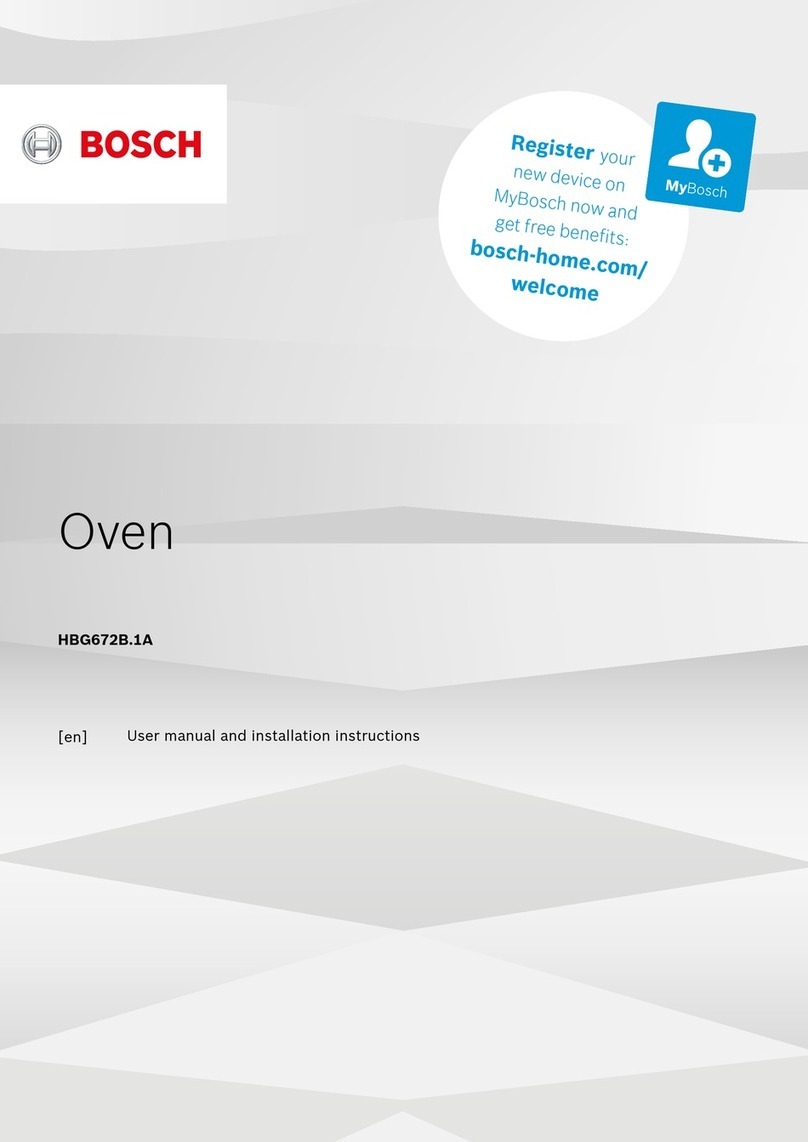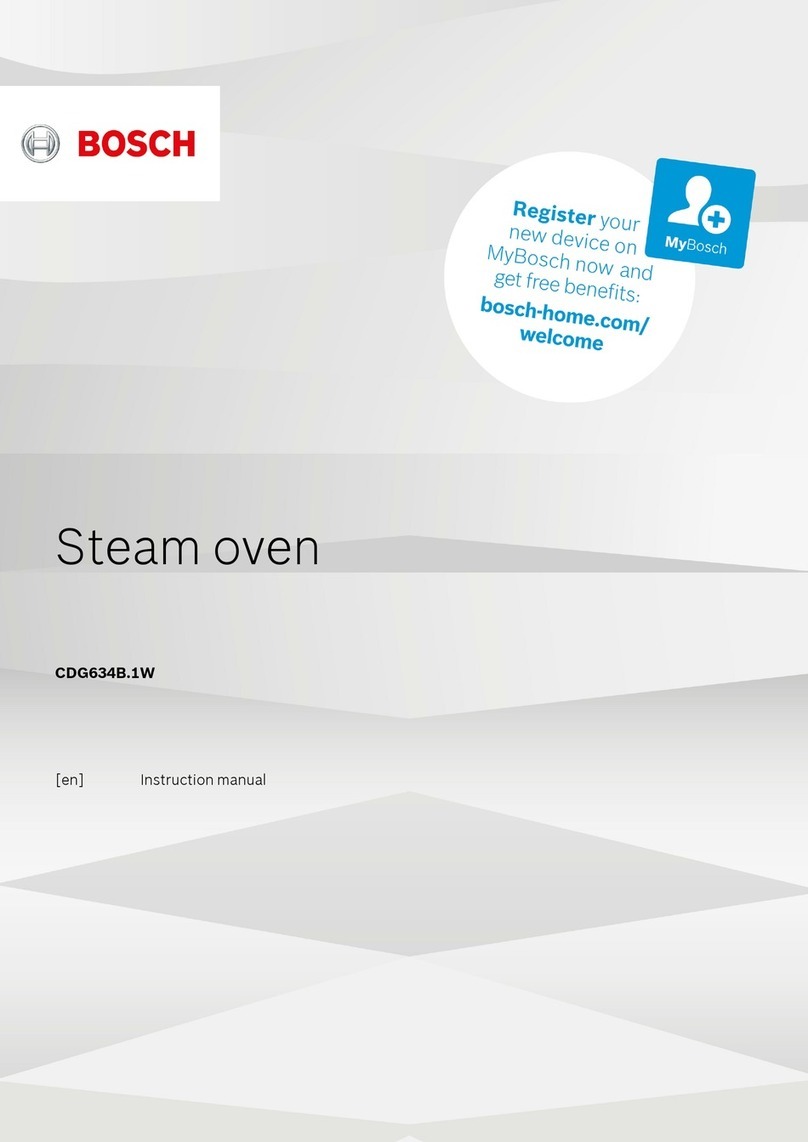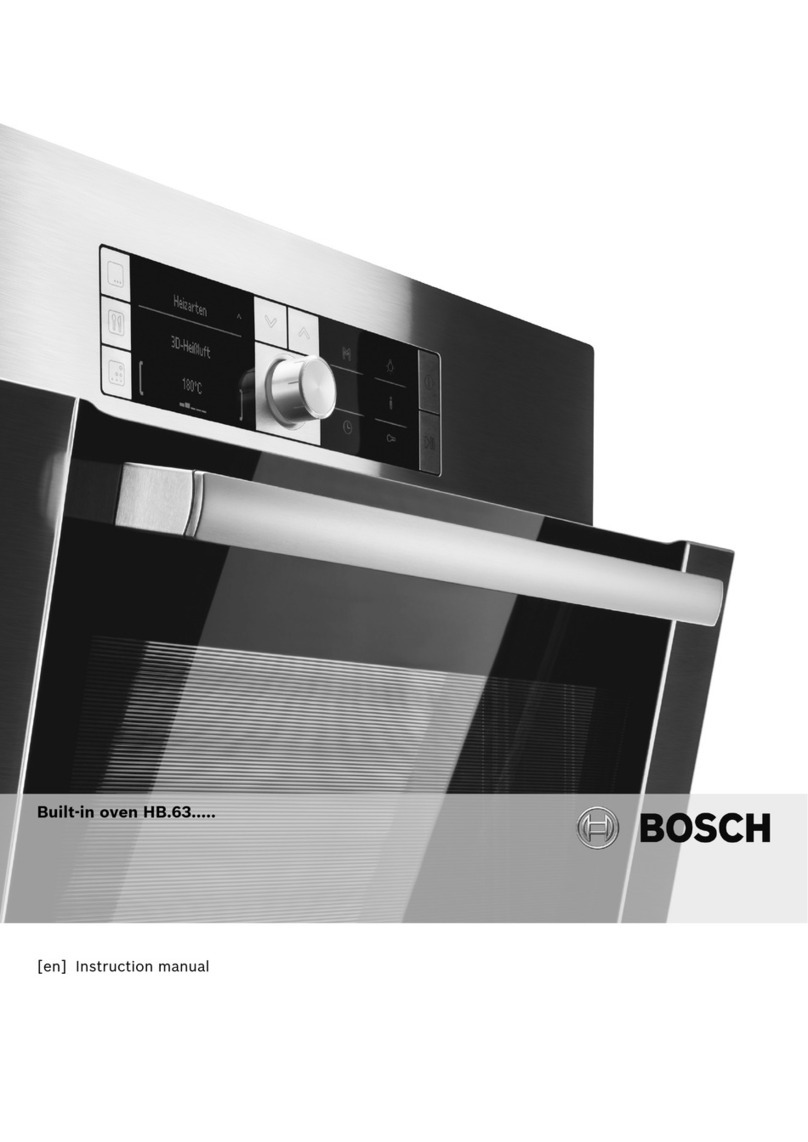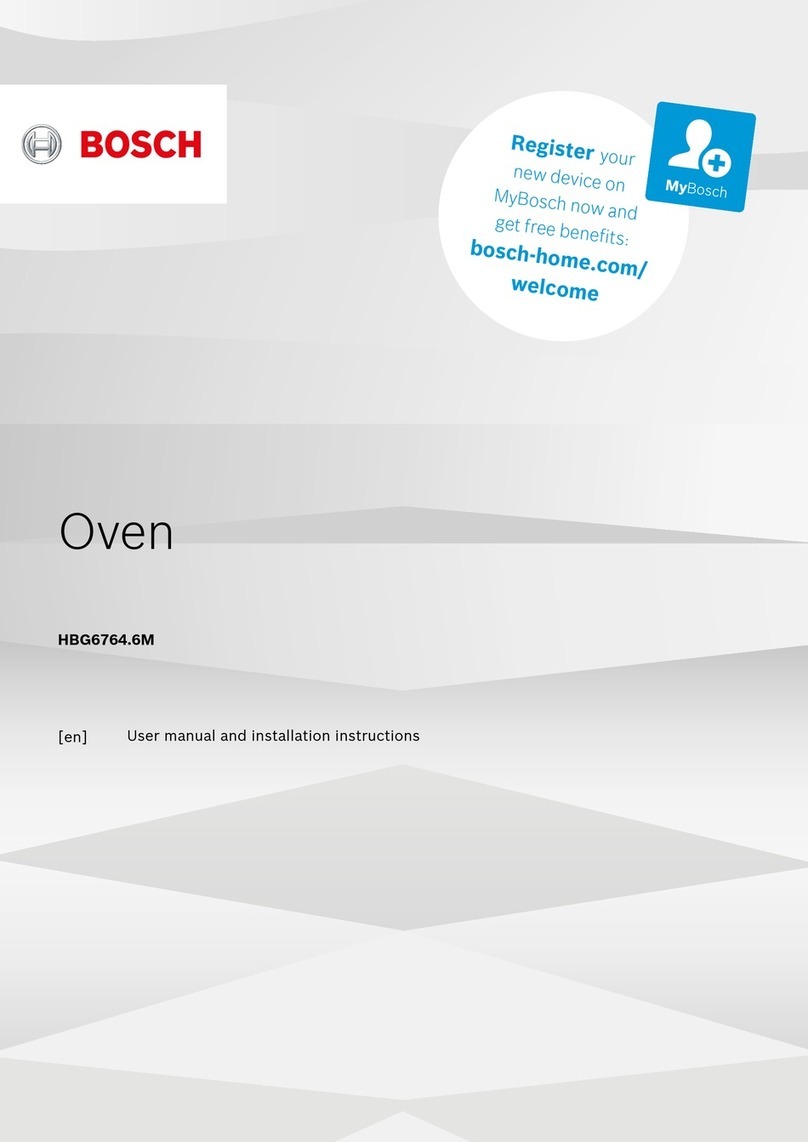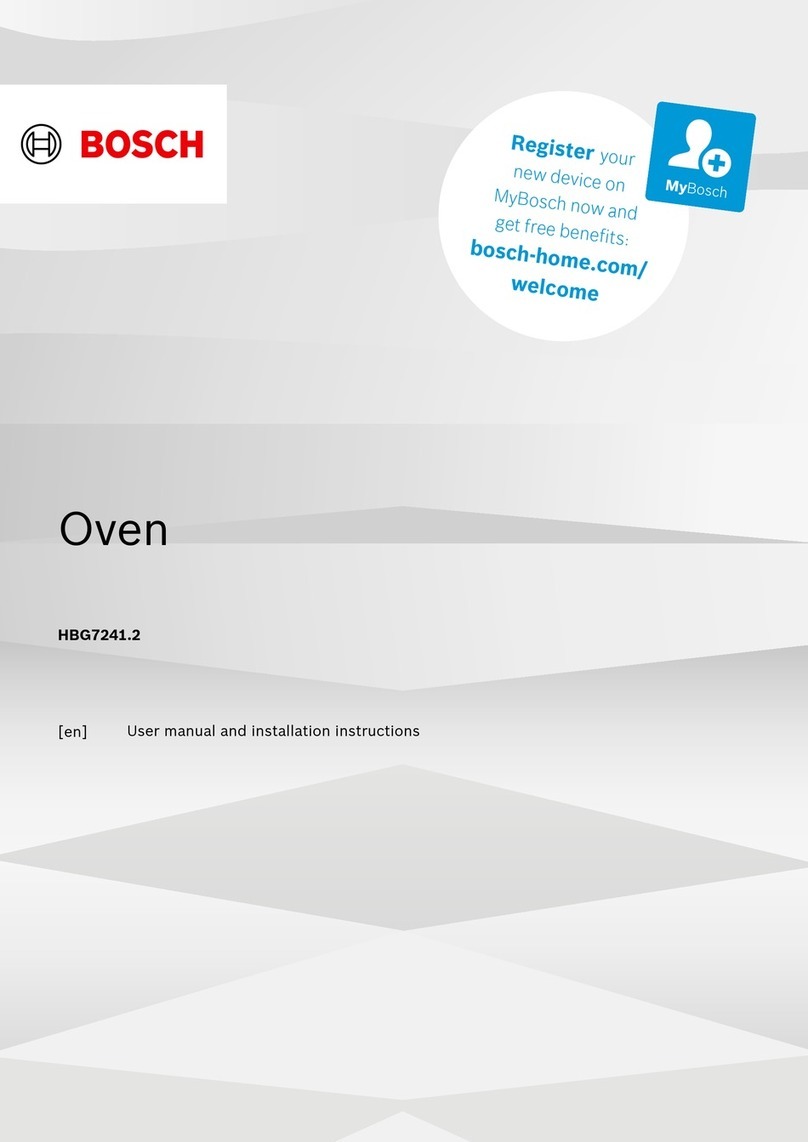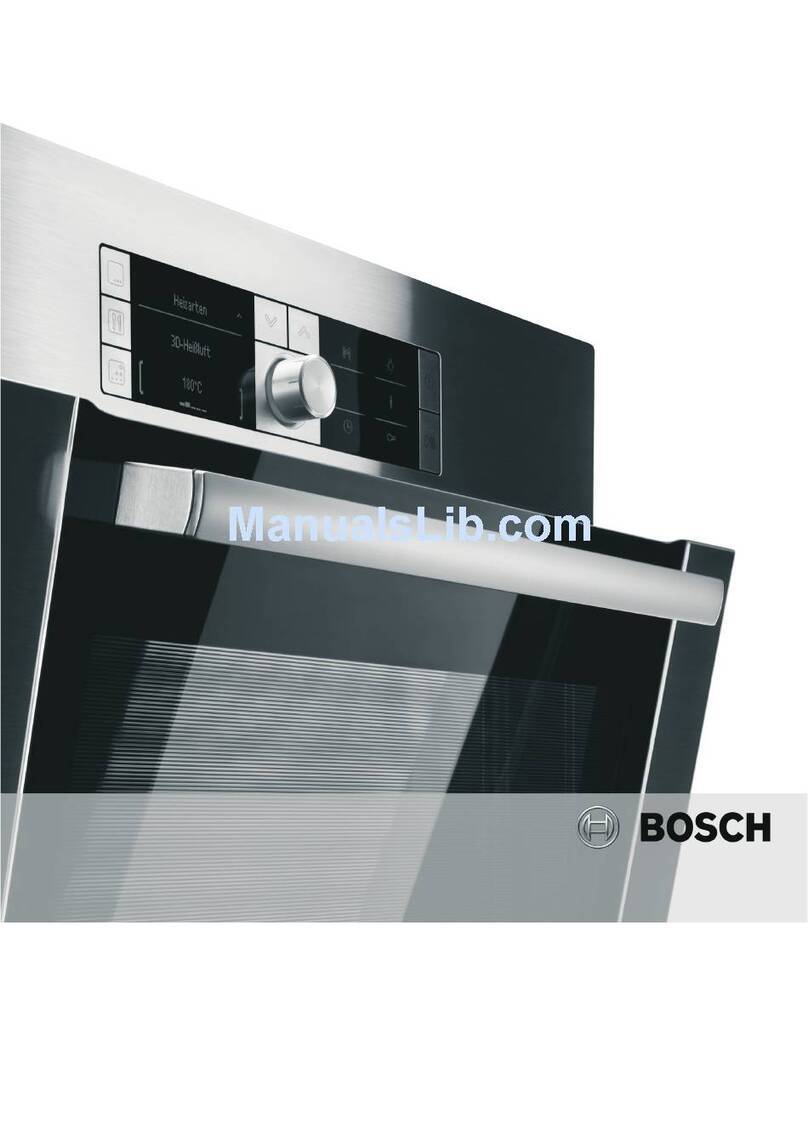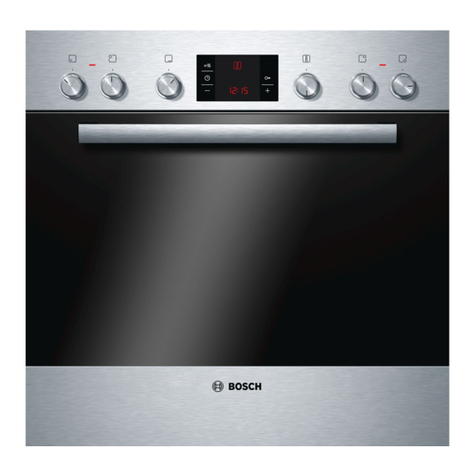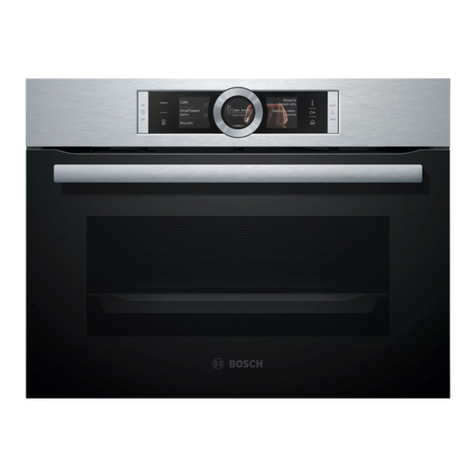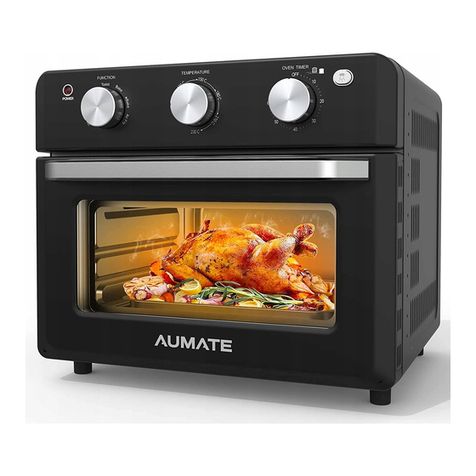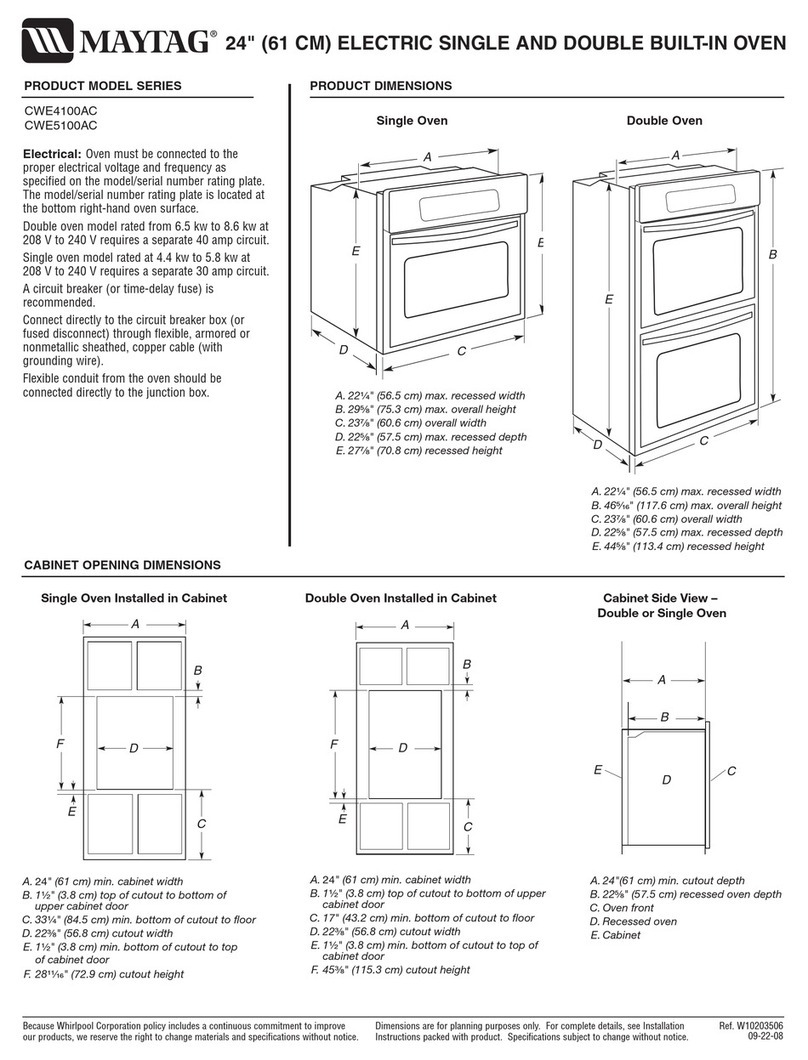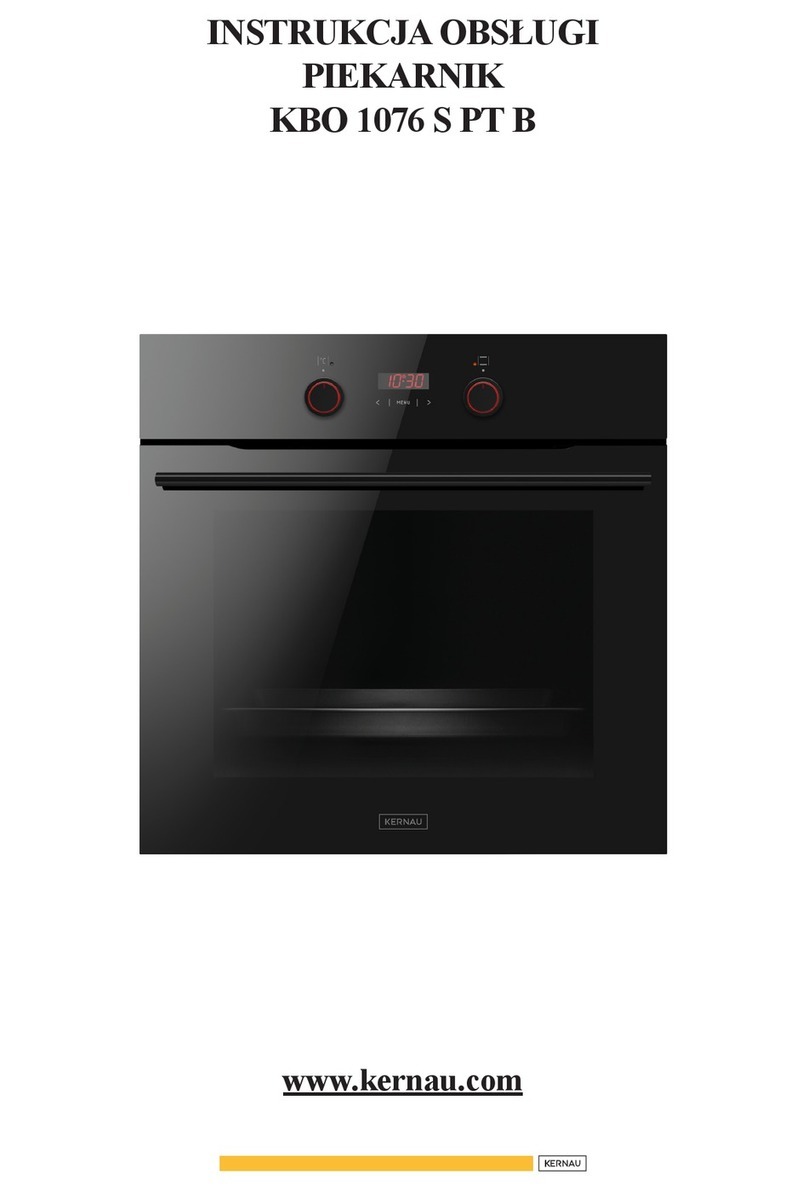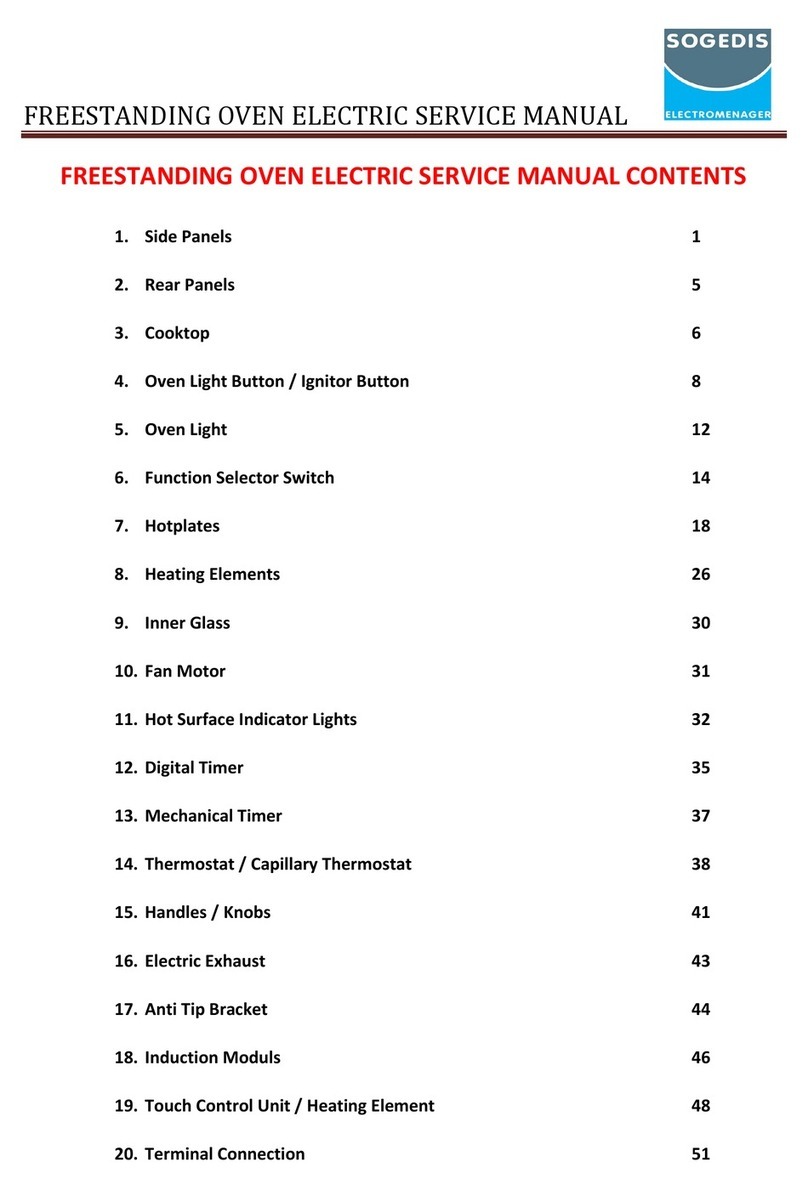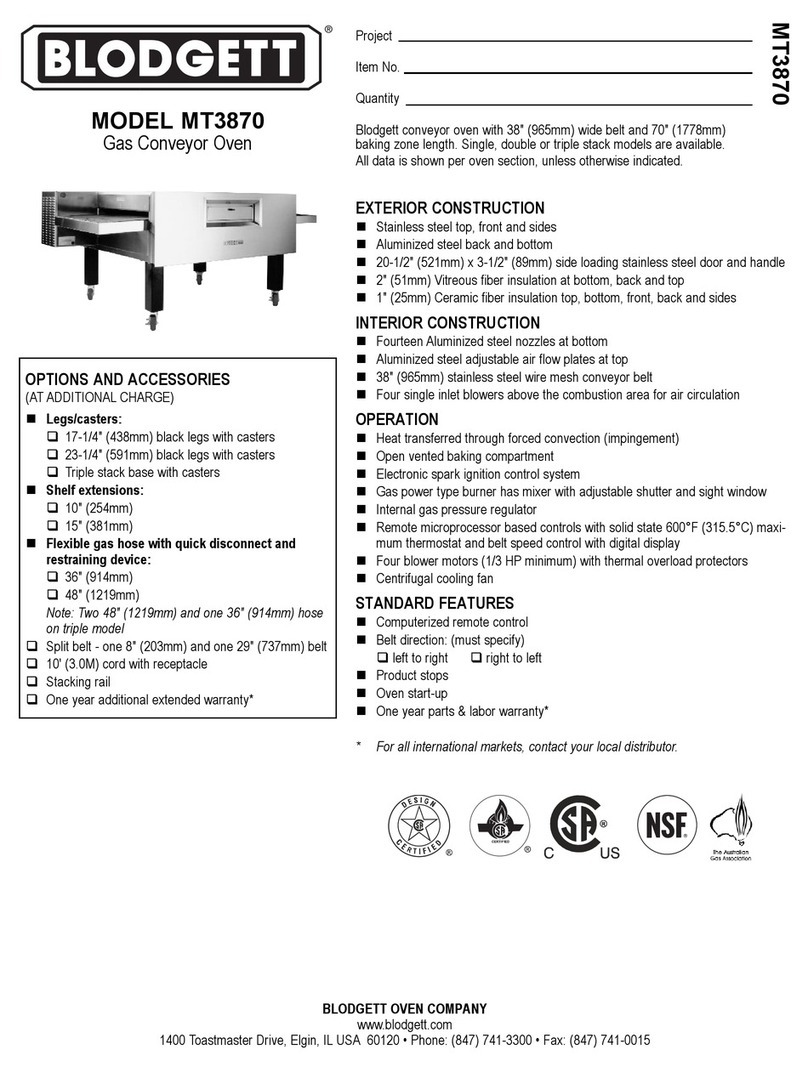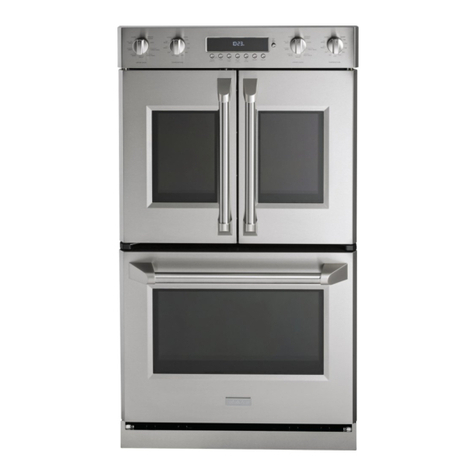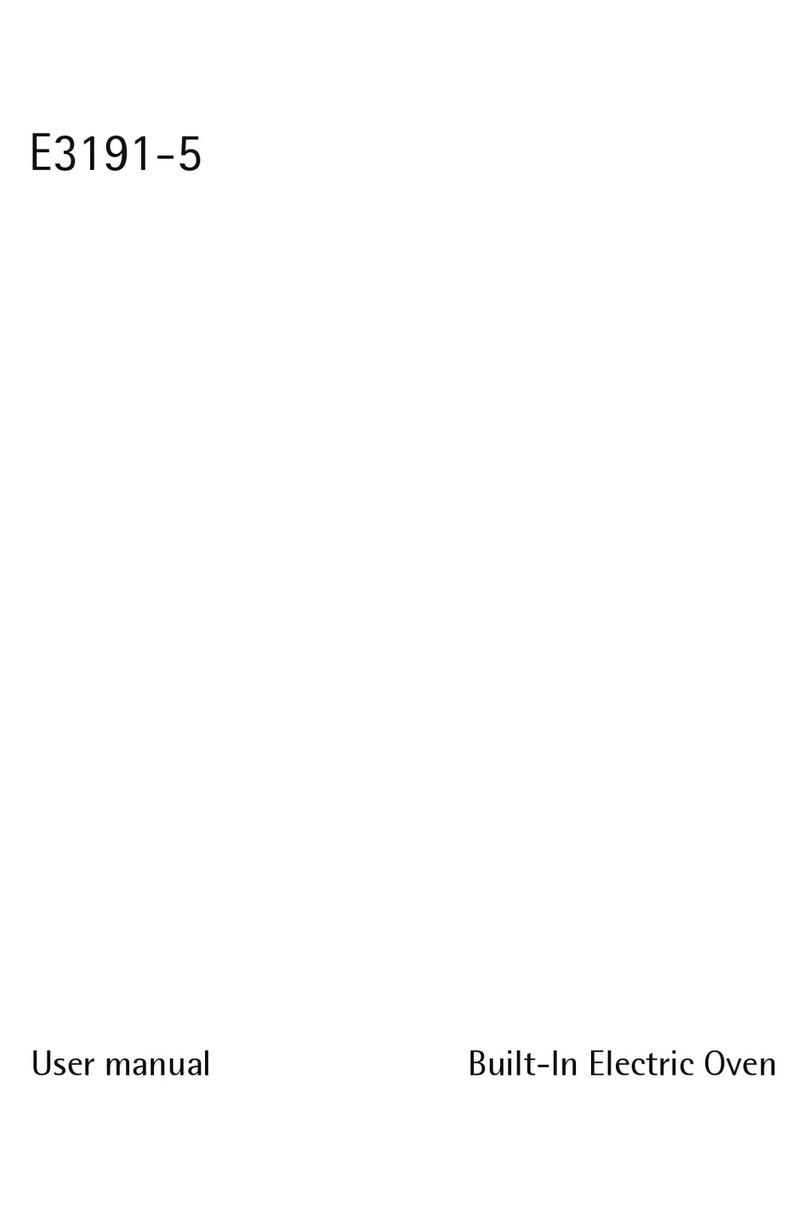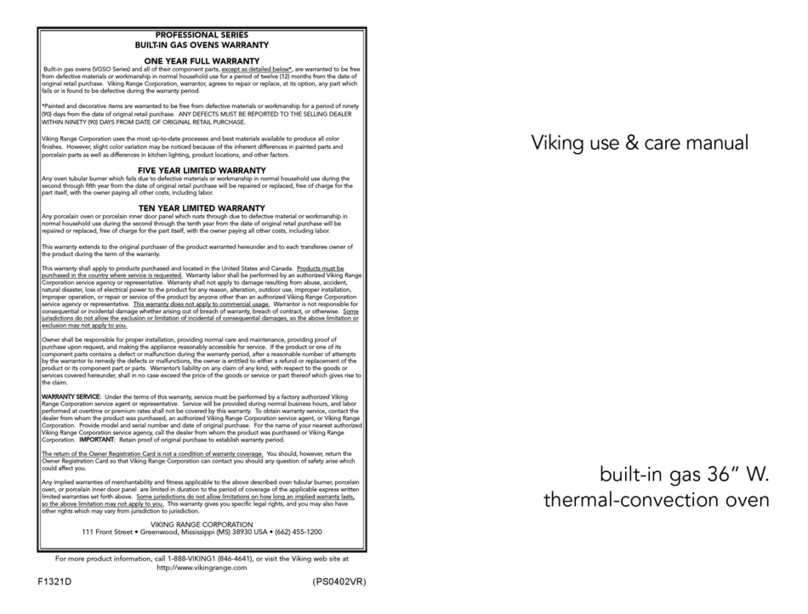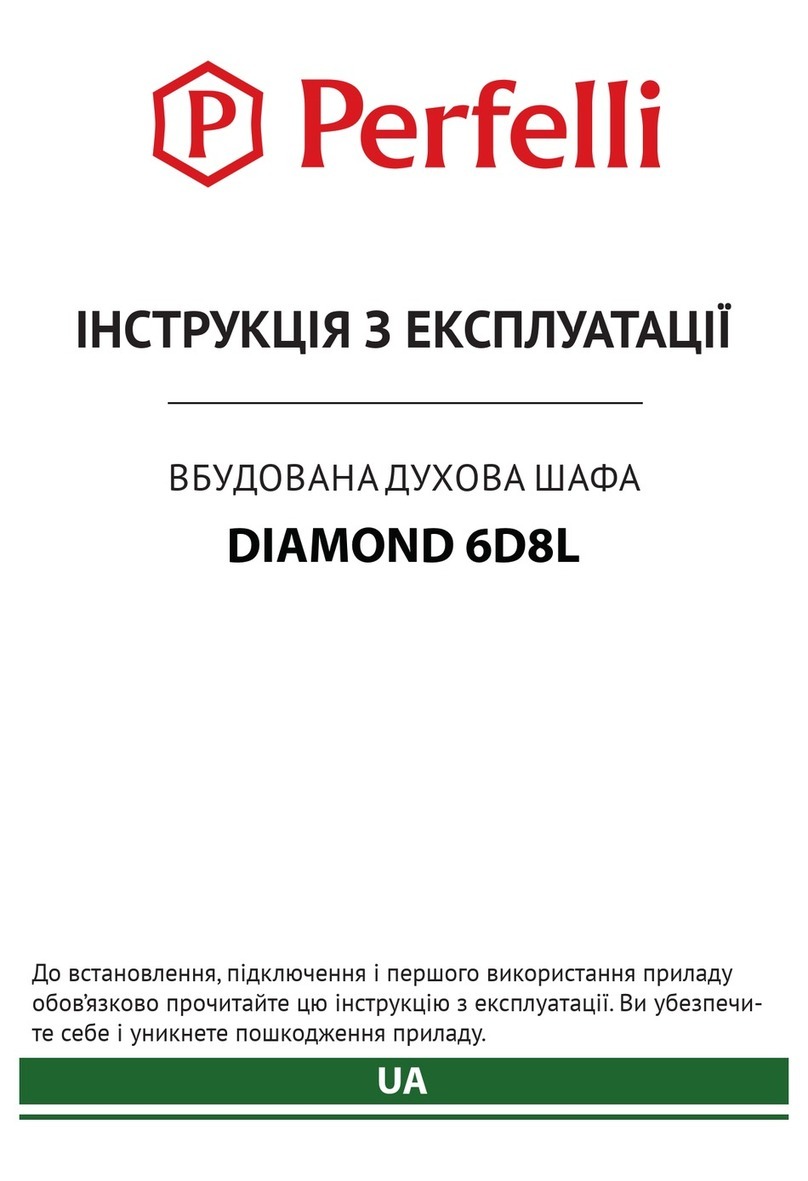
en Causesofdamage
6
Risk of burns!ʋHeated food gives off heat. The ovenware
may become hot. Always use oven gloves
to remove ovenware or accessories from
the cooking compartment.
Risk of burns!
ʋAirtight packaging may burst when food is
heated. Always observe the instructions on
the packaging. Always use oven gloves to
remove dishes from the cooking
compartment.
Warning – Risk of scalding!
There is a possibility of delayed boiling when a
liquid is heated. This means that the liquid
reaches boiling temperature without the usual
steam bubbles rising to the surface. Even if
the container only vibrates a little, the hot
liquid may suddenly boil over and spatter.
When heating, always place a spoon in the
container. This will prevent delayed boiling.
Warning – Risk of injury!
Unsuitable ovenware may crack. Porcelain or
ceramic ovenware can have small perforations
in the handles or lids. These perforations
conceal a cavity below. Any moisture that
penetrates this cavity could cause the
ovenware to crack. Only use microwave-safe
ovenware.
Warning – Risk of electric shock!
The appliance is a high-voltage appliance.
Never remove the casing.
Warning – Risk of serious damage to
health!
ʋThe surface of the appliance may become
damaged if it is not cleaned properly.
Microwave energy may escape. Clean the
appliance on a regular basis, and remove
any food residue immediately. Always keep
the cooking compartment, door seal, door
and door stop clean.
Risk of serious damage to health!
ʋMicrowave energy may escape if the
cooking compartment door or the door seal
is damaged. Never use the appliance if the
cooking compartment door, the door seal
or the plastic door frame is damaged. Call
the after-sales service.
Risk of serious damage to health!
ʋMicrowave energy will escape from
appliances that do not have any casing.
Never remove the casing. For any
maintenance or repair work, contact the
after-sales service.
@Causes of damage
Causesofdamage
General information
Caution!
ʋAccessories, foil, greaseproof paper or ovenware on
the cooking compartment floor: do not place
accessories on the cooking compartment floor. Do
not cover the cooking compartment floor with any
sort of foil or greaseproof paper. Do not place
ovenware on the cooking compartment floor if a
temperature of over 50 ºC has been set. This will
cause heat to accumulate. The baking and roasting
times will no longer be correct and the enamel will
be damaged.
ʋAluminium foil: Aluminium foil in the cooking
compartment must not come into contact with the
door glass. This could cause permanent
discolouration of the door glass.
ʋWater in a hot cooking compartment: do not pour
water into the cooking compartment when it is hot.
This will cause steam. The temperature change can
cause damage to the enamel.
ʋMoisture in the cooking compartment: Over an
extended period of time, moisture in the cooking
compartment may lead to corrosion. Allow the
cooking compartment to dry after use. Do not keep
moist food in the closed cooking compartment for
extended periods of time. Do not store food in the
cooking compartment.
ʋCooling with the appliance door open: Following
operation at high temperatures, only allow the
cooking compartment to cool down with the door
closed. Do not trap anything in the appliance door.
Even if the door is only left open a crack, the front of
nearby furniture may become damaged over time.
Only leave the cooking compartment to dry with the
door open if a lot of moisture was produced whilst
the oven was operating.
ʋFruit juice: when baking particularly juicy fruit pies,
do not pack the baking tray too generously. Fruit
juice dripping from the baking tray leaves stains that
cannot be removed. If possible, use the deeper
universal pan.
ʋExtremely dirty seal: If the seal is very dirty, the
appliance door will no longer close properly during
operation. The fronts of adjacent units could be
damaged. Always keep the seal clean.
ʋAppliance door as a seat, shelf or worktop: Do not
sit on the appliance door, or place or hang anything
on it. Do not place any cookware or accessories on
the appliance door.
ʋInserting accessories: depending on the appliance
model, accessories can scratch the door panel
when closing the appliance door. Always insert the
accessories into the cooking compartment as far as
they will go.
ʋCarrying the appliance: do not carry or hold the
appliance by the door handle. The door handle
cannot support the weight of the appliance and
could break.


